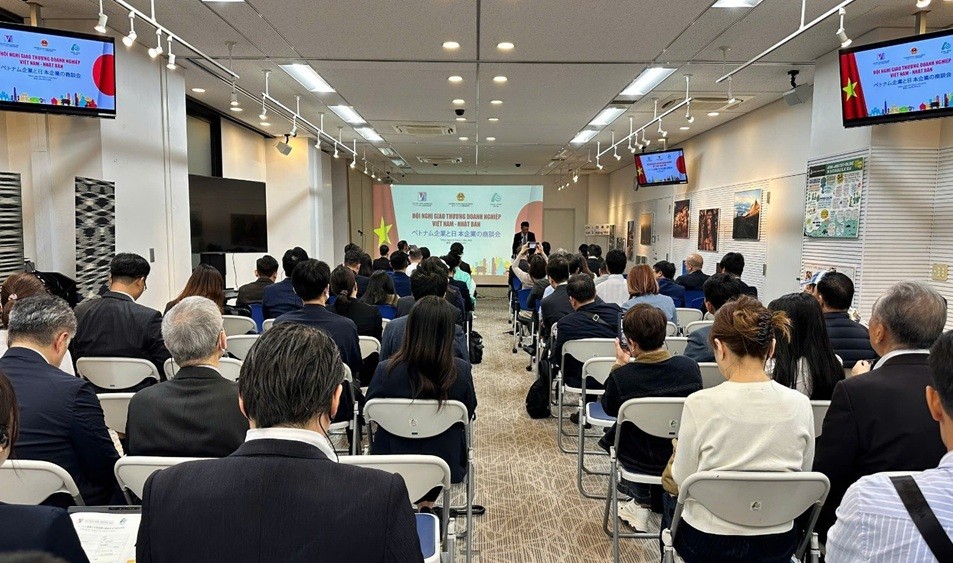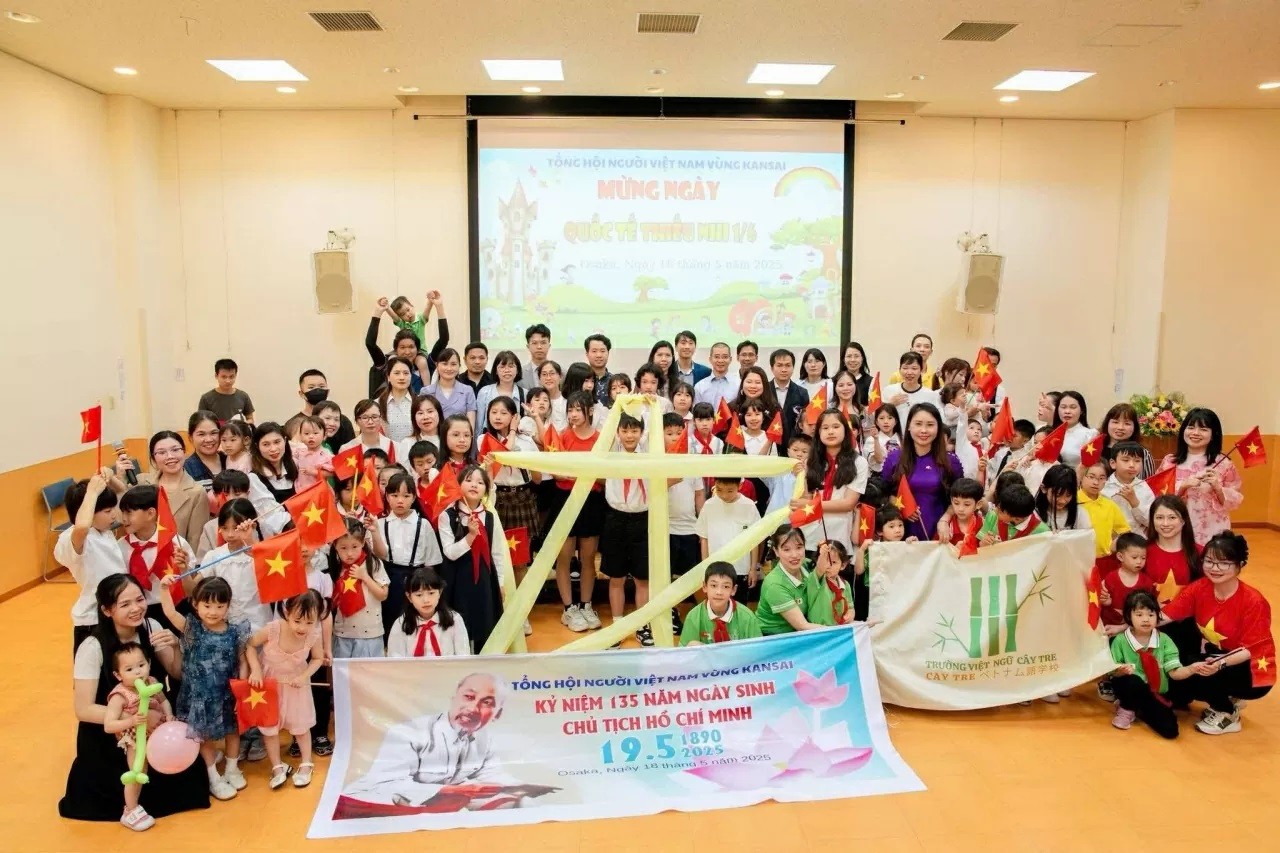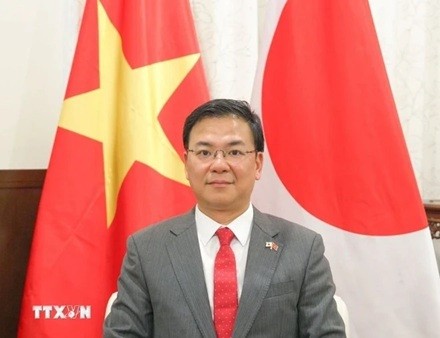Great Opportunities For Vietnamese Labor Export
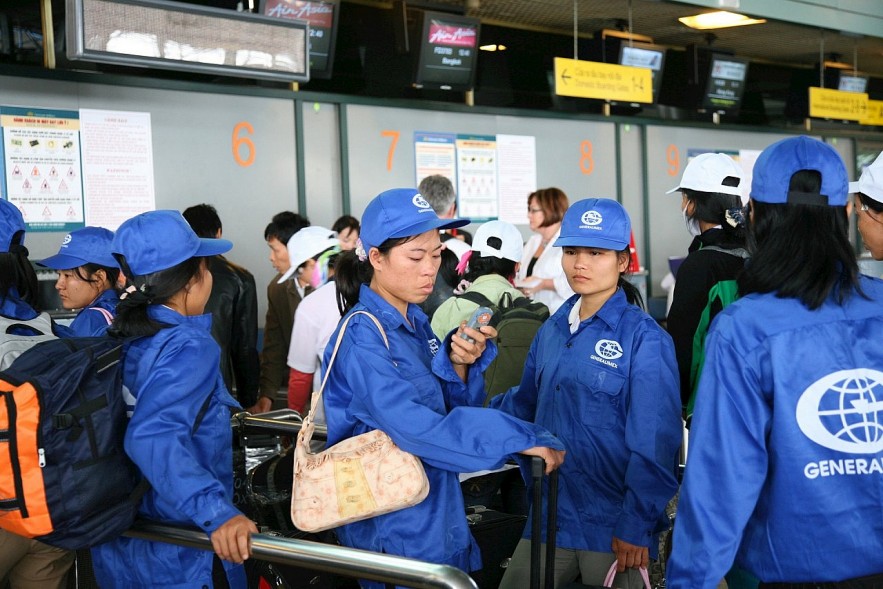 |
| Many opportunities for labor export in 2024. Photo: Quang Vinh. |
The Ministry of Labor, Invalids and Social Affairs said that in 2023, Japan is the market receiving the most Vietnamese workers.
Japan also recently announced that it will organize a skills exam for Vietnamese workers in early 2024. This program will help workers have the opportunity to work in Japan at low costs and receive high salaries like natives.
Opportunities to export labor to Japan and Korea
"2023 marks a new milestone when the number of Vietnamese workers going to Japan increases sharply. This confirms that Vietnamese workers always receive high appreciation and trust from Japanese unions and businesses. It also shows that Vietnamese workers feel secure when coming to this land," Minister of Labor, Invalids and Social Affairs Dao Ngoc Dung said.
According to Dung, to date, 350,000 Vietnamese workers are working in Japan. Vietnam is also the leading country among 15 countries sending interns and workers to Japan.
There are currently 220,000 technical intern trainees, including a non-profit program organized by IM Japan, receiving over 9,000 people. In 2023, 700 ethnic minority children were sent to work in Japan 100% free of charge.
In a traditional market that is also attractive to Vietnamese workers, Korea, opportunities are also increasingly open with the Employment Permit System (EPS), E7 visa (high-skilled), E10 visa (fishing boat crew) or seasonal worker.
Regarding the Korean market, Nguyen Gia Liem, deputy director of the Department of Overseas Labor Management, said that the Korean Ministry of Employment and Labor is working with the Vietnamese Ministry of Labor, Invalids and Social Affairs to research to increase the number of manufacturing sectors.
"Previously, they needed unskilled workers. Currently, they need workers for primary industries such as shipbuilding, aviation, and high technology. Korea can also open other cooperation programs such as nursing, health care," Liem said.
According to Kim Yoon Hye, labor counselor of the Korean Embassy in Vietnam, the number of workers from other countries for the EPS program in 2024 is expected to be larger than 120,000 in 2023 (Vietnam alone will have over 12,000 targets).
Vietnam and Korea are two countries with similar cultures. Vietnamese workers are industrious and highly skilled, so the demand for Korean enterprises is large, focusing on the fields of manufacturing, construction, agriculture, fisheries, and shipbuilding.
In addition, the Korean Government is expanding incentives, allowing conversion to long-term stay visas, and providing vocational training opportunities for foreign workers.
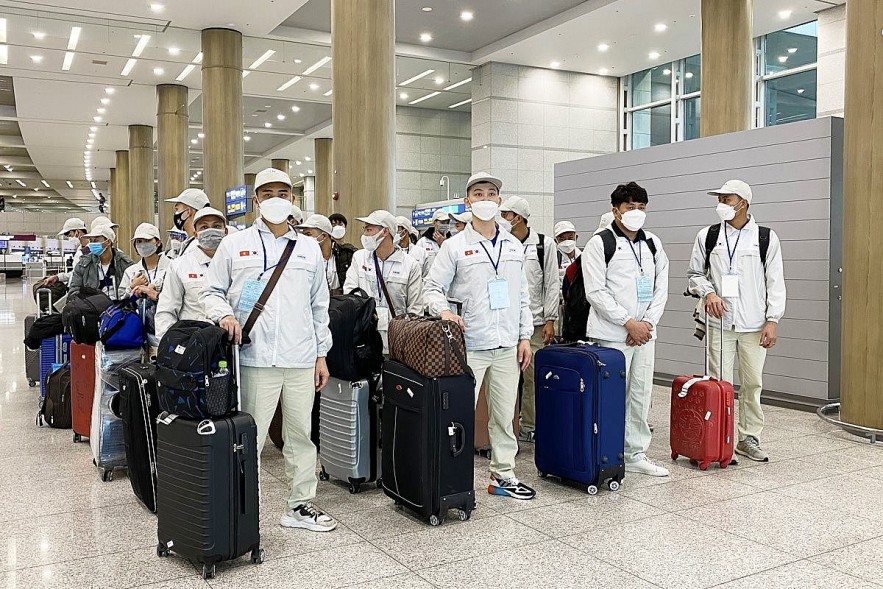 |
| Vietnamese workers enter the country at Incheon airport (South Korea). Photo: VNA |
Researching high-income market
To seize the opportunity and target the high-income market, a comprehensive solution is required.
Currently, in addition to traditional markets that receive many Vietnamese workers such as Japan, Taiwan (China), and Korea, the Ministry of Labor, Invalids and Social Affairs is focusing on new directions.
The Ministry deployed labor market development in several European countries, including Hungary, and opened additional markets such as Poland, Slovakia, and Croatia.
Another market in the European region that is also starting to recruit Vietnamese workers to work is Greece. The Ministry of Labor, Invalids and Social Affairs had a working session with the Greek Agricultural Cooperative Alliance to establish cooperation in bringing Vietnamese workers to work in Greece in the agricultural sector.
Commenting on opportunities for Vietnamese workers in the European market, a representative of the Department of Overseas Labor Management said that Germany and many countries in Europe do not accept unskilled workers from abroad.
However, they are willing to pay salaries and provide free training to get skilled workers according to their training standards.
In Germany, occupations that lack skilled workers include nursing, construction, restaurants, mechanics, electronics, and food processing.
In addition to policies on improving the quality of human resources, according to experts, there should be policies and mechanisms to attract workers after returning home, as this is a skilled human resource that is well-trained after a long period of working abroad.
| On average, each year, about 120,000 to 143,000 workers go abroad to work. The amount of remittances sent from this workforce reached US$3.5-4 billion, contributing to the country's socio-economic development. |
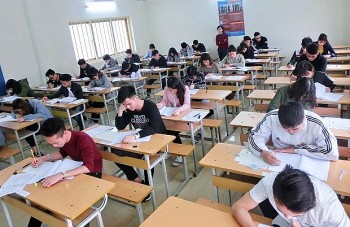 | Specified Skill Exam to be Held in Vietnam: Japanese Embassy The Japanese Embassy has announced the organization of a specified skill exam in Vietnam, which is required for foreign nationals to work in the East ... |
| Ho Chi Minh City, US Software Company Collaborate To Develop Semiconductor Workforce Ho Chi Minh City’s Saigon Hi-Tech Park (SHTP) on December 28 signed a cooperation pact with the US-based engineering simulation software provider Ansys, Inc. to ... |
 | Overseas Vietnamese Contribute to Country's Development Vietnamese people abroad all have their ways or paths to show their love for the homeland. |
Recommended
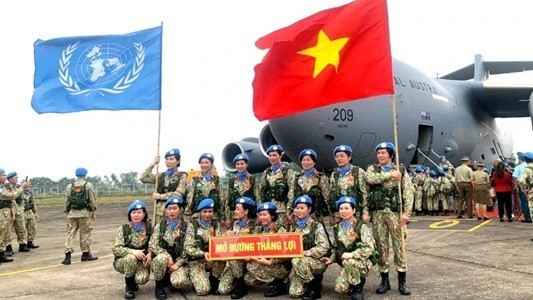 Focus
Focus
Vietnam Leaves Imprints on the World Peacekeeping Map
 Viet's Home
Viet's Home
“Global Vietnamese Singing 2025” - Connecting Hearts Longing for Homeland
 Viet's Home
Viet's Home
Vietnam’s People's Public Security Force Actively Contributes to UN Peacekeeping Operations
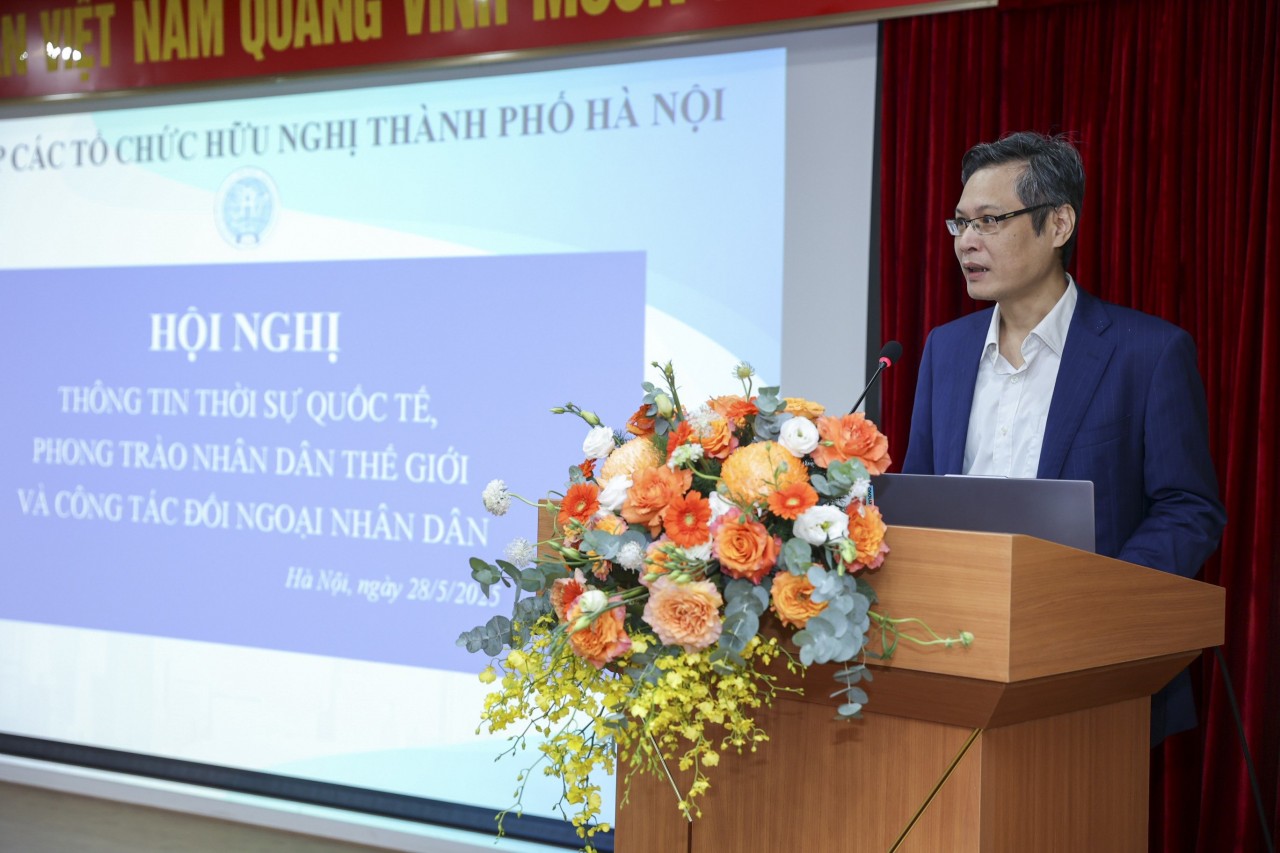 Viet's Home
Viet's Home
HAUFO Enhances Competence of People-to-People Diplomacy Personnel
Popular article
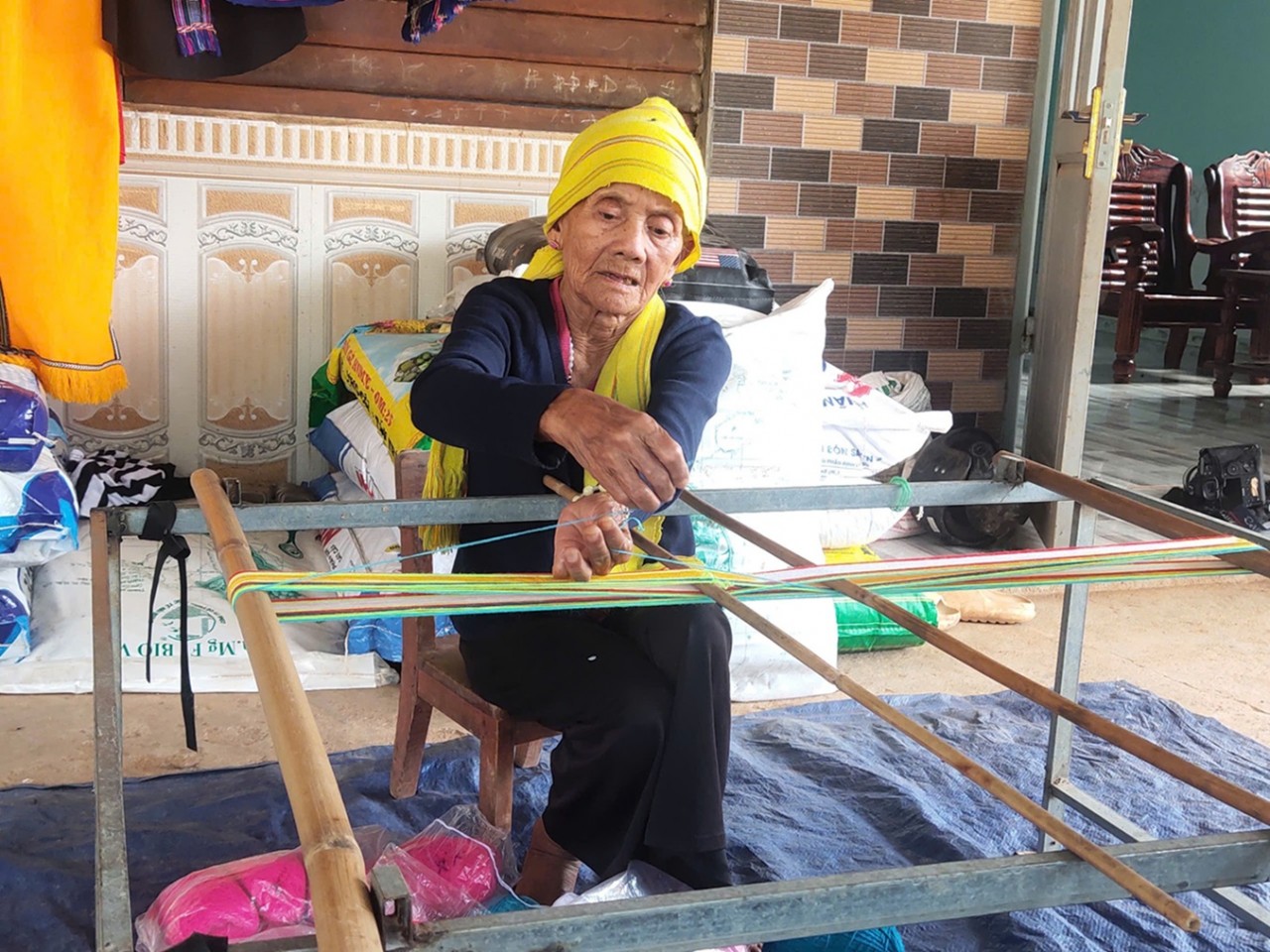 Viet's Home
Viet's Home
Hands that Reserve Da Long Brocade Craft
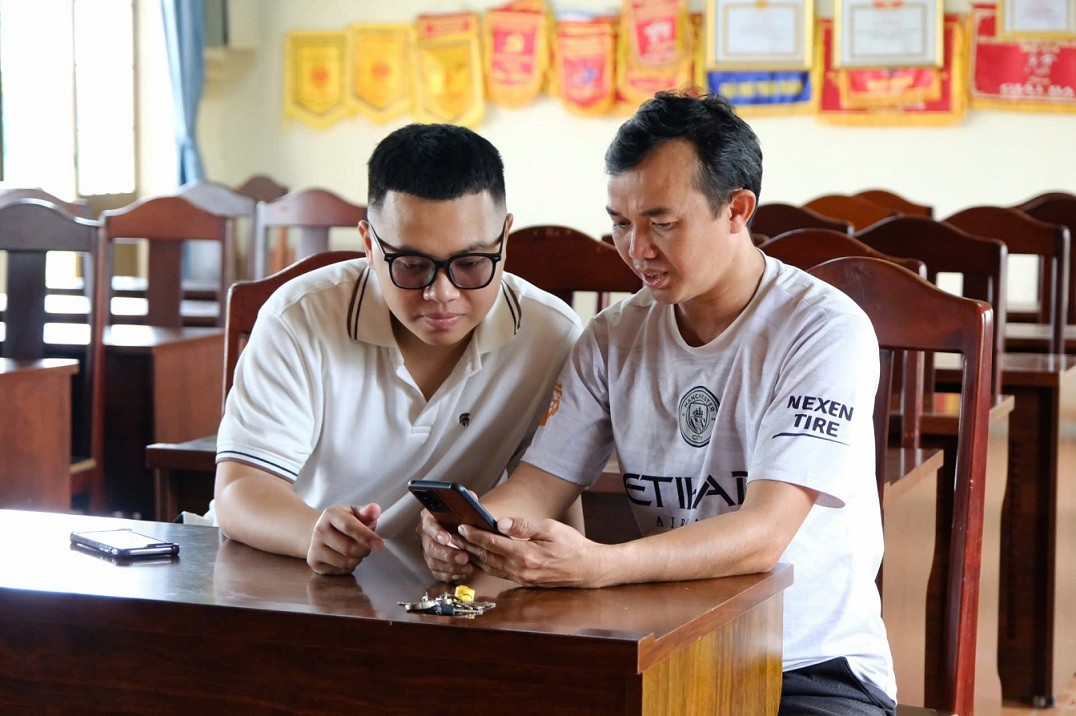 Viet's Home
Viet's Home
Da Rsal – How Digital Transformation Reshape a Poor Commune
 Viet's Home
Viet's Home
Vietnam Classified as “Low Risk” Under the EU Anti-Deforestation Regulation
 Viet's Home
Viet's Home




